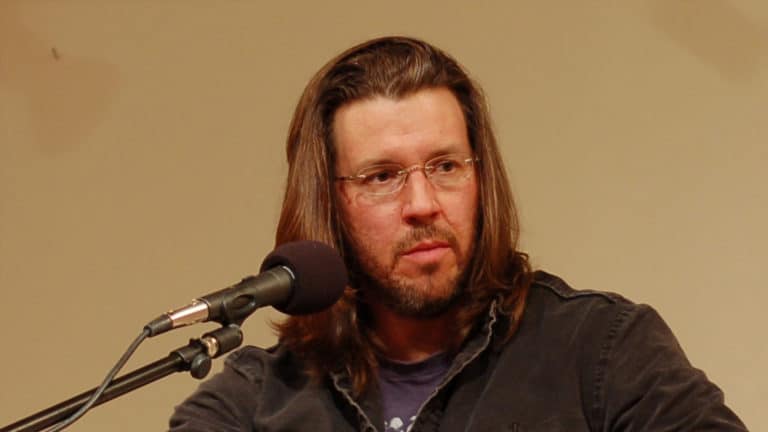Once upon a time I thought I could learn to write like George Eliot or Henry James. I wanted to be able to say things about my characters like, “Isabel Archer was a young person of many theories; her imagination was remarkably active.” It seemed so grand to float above one’s tale, giving the reader an aerial view of human nature and human destiny. I loved all the Big Omniscients—Eliot, James, Tolstoy, Wharton, Austen. They not only told a rip-roaring story but seemed to offer up Wisdom with a capital W.
It took me longer than it should have to learn that writing like God was not in the cards for me. Apart from the fact that I don’t have the chops—the range of knowledge, the depth of insight—for this kind of narrator, Big Omniscience has an archaic sound now, one that strikes a contemporary reader as pretentious and smug. (It’s fine to enjoy it in old books, but no one wants new ones written this way.) Most contemporary fiction is written either in first person or in a third person that limits us to seeing the story via the thoughts and feelings of one particular character. Sometimes the narrator will move between characters, giving us a sequence of close third-person views. Omniscience hasn’t disappeared from fiction, but it is used more sparingly and subtly, usually in brief, almost undetectable expansions of close third-person passages. Yes, there are writers working today who toy more aggressively with omniscience—I think for example of Edward P. Jones, Shirley Hazzard, Paul Harding—but they are pushing at the boundaries of mainstream practice.
Not only have I never succeeded in creating a satisfactorily omniscient narrator, I have never written a garden-variety close third person that pleases me. My first two novels feature first-person narrators. I love working with first person because I can hear the voice of the character so strongly. That voice gives me my sentences, and therefore my situations and my other characters. When I write in third, everything seems to go flat. I don’t know who’s telling the story. Sometimes I try to solve this problem by visualizing an invisible person outside the tale who is the teller. Maybe this person wears a vest and smokes a pipe. Or has long red hair. Or is very excitable. But it never works out quite well as I want it to. And I end up frustrated, because writing in first person, while fun, can also be terribly limiting. There’s a lot going on in any story that the first person can’t see or know. It’s hard to leave all of that out.
All of this is to explain how I finally came to the narrator for my second novel, The Virgins. Technically, as I said, The Virgins has a first person narrator. But really he is what I call a Fake Omniscient Narrator. Like any first person narrator, Bruce Bennett-Jones can only be in one place at one time. He can only know what he observes or is told. So to get past that obstacle, to show other parts of the world Bruce lives in (an East Coast boarding school in the 1970s), to show consciousnesses other than his own, I decided to let Brucepretend he was omniscient. He would tell the whole story, even though he knew only a tiny part of it. How could he do this? Simply by making it up. As long as he admitted he was doing this—told the reader that he was inventing the story he was telling (albeit based on clues he’d gleaned)—-I felt that I could have it both ways. I could have the comfort of a first-person narrator whose voice I heard clearly, plus an omniscience that could move all around and create as large a tale as I needed.
Did I pull it off? That’s for readers to say. For my new novel-in-progress, I’m determined to break through my third-person block. WANTED: Invisible Storyteller, able to penetrate into dusky corners of dramatic situation, must be articulate, intelligent, and utterly persuasive. Decent wages; apply now!





















